Home>Furniture & Design>Bathroom Accessories>What Does It Mean When Sewage Backs Up In Bathtub
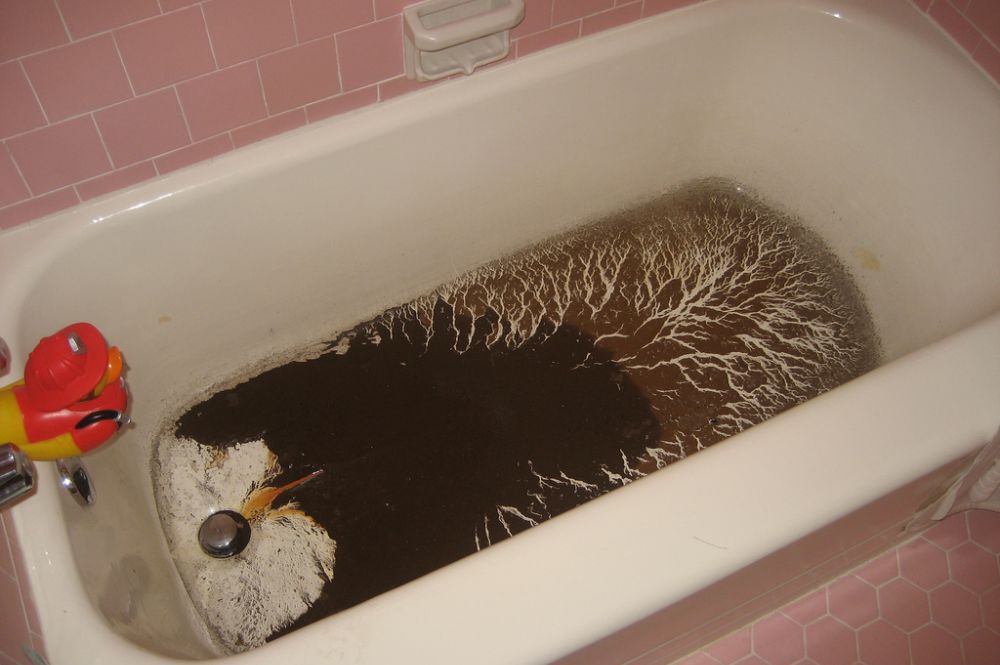

Bathroom Accessories
What Does It Mean When Sewage Backs Up In Bathtub
Published: February 17, 2024
Discover the causes and solutions for sewage backing up in your bathtub. Learn how to prevent this issue with the right bathroom accessories.
(Many of the links in this article redirect to a specific reviewed product. Your purchase of these products through affiliate links helps to generate commission for Storables.com, at no extra cost. Learn more)
Introduction
Sewage backup in the bathtub is a distressing and potentially hazardous issue that homeowners may encounter. When sewage backs up into the bathtub, it is a clear indication of a problem within the plumbing system. This problem can lead to foul odors, unsanitary conditions, and potential health risks for those residing in the affected property. Understanding the causes, health risks, and necessary steps to address sewage backup in the bathtub is crucial for maintaining a safe and healthy living environment.
Sewage backup in the bathtub is often a symptom of a larger issue within the plumbing infrastructure. It can be caused by a variety of factors, including clogged or damaged sewer lines, tree root infiltration, or issues with the municipal sewer system. Additionally, heavy rainfall or flooding can overwhelm the sewer system, leading to sewage backing up into residential properties. Identifying the root cause of the backup is essential for effectively addressing the issue and preventing future occurrences.
The presence of sewage in the bathtub poses significant health risks to occupants of the affected property. Exposure to raw sewage can lead to the spread of harmful bacteria, viruses, and parasites, potentially causing gastrointestinal illnesses and other health complications. Furthermore, the foul odor and unsanitary conditions resulting from sewage backup can significantly impact the overall well-being and comfort of individuals living in the home.
When sewage backs up into the bathtub, prompt action is necessary to mitigate the issue and minimize health risks. Taking the appropriate steps to address the backup, such as contacting professional plumbers and thoroughly cleaning and disinfecting the affected areas, is crucial for restoring a safe and sanitary living environment. Additionally, implementing preventive measures to avoid future sewage backup incidents is essential for long-term peace of mind and the well-being of the household.
In the following sections, we will delve deeper into the common causes of sewage backup in the bathtub, the health risks associated with this issue, steps to take when encountering sewage backup, and effective preventive measures to safeguard against future occurrences. Understanding these aspects is vital for homeowners and residents to effectively address and prevent sewage backup, ensuring a healthy and comfortable living environment for all.
Key Takeaways:
- Sewage backup in the bathtub can be caused by clogged drain lines, tree root infiltration, and other issues. It’s important to act fast, contact professionals, and clean thoroughly to keep your home safe and healthy.
- Sewage backup in the bathtub can spread harmful bacteria and gases, leading to health risks like infections and respiratory issues. Preventive measures, like regular maintenance and proper waste disposal, can help avoid these problems.
Read more: Why Is Sewage Backing Up In Bathtub
Common Causes of Sewage Backing Up in Bathtub
Sewage backing up into the bathtub can be attributed to various underlying causes, each of which requires prompt attention to prevent further complications. Understanding these common causes is essential for homeowners to effectively address the issue and prevent its recurrence.
-
Clogged Drain Lines: One of the primary causes of sewage backup in the bathtub is a clog in the drain lines. Over time, debris, grease, hair, and other substances can accumulate within the drain pipes, obstructing the flow of wastewater. This obstruction can lead to sewage backing up into the bathtub, indicating a severe blockage within the plumbing system.
-
Tree Root Infiltration: Invasive tree roots seeking moisture and nutrients can infiltrate underground sewer lines, causing damage and blockages. As tree roots grow and expand, they can exert pressure on the sewer pipes, leading to cracks, breaks, or complete blockages. This infiltration can result in sewage backup into the bathtub, signaling a compromised sewer line.
-
Sewer Line Damage: Structural damage to the sewer lines, such as cracks, corrosion, or misaligned joints, can contribute to sewage backup in the bathtub. These issues may arise due to aging infrastructure, ground shifting, or external factors. When the sewer lines are compromised, sewage can seep into the surrounding soil and back up into residential plumbing fixtures, including bathtubs.
-
Municipal Sewer System Issues: During heavy rainfall or flooding, municipal sewer systems may become overwhelmed, leading to sewage backup into residential properties. The increased volume of water can exceed the capacity of the sewer system, causing sewage to back up into homes through drain lines, including bathtub drains.
-
Improperly Installed or Designed Plumbing Systems: In some cases, sewage backup in the bathtub can be attributed to poorly designed or improperly installed plumbing systems. This may include inadequate slope or venting issues, which can impede the proper flow of wastewater and lead to backups within the residential plumbing infrastructure.
Identifying the specific cause of sewage backup in the bathtub is crucial for implementing targeted solutions and preventing future occurrences. By addressing these common causes promptly and effectively, homeowners can safeguard their properties against the distressing and unsanitary consequences of sewage backup.
Health Risks Associated with Sewage Backup
Sewage backup in the bathtub poses significant health risks to individuals residing in the affected property. Exposure to raw sewage, which contains a plethora of harmful contaminants, can lead to a range of health complications and adverse effects. It is crucial for homeowners to be aware of these health risks in order to take prompt and appropriate measures to mitigate the potential dangers associated with sewage backup.
-
Spread of Harmful Pathogens: Raw sewage contains a variety of harmful pathogens, including bacteria, viruses, and parasites. Exposure to these pathogens can lead to gastrointestinal illnesses, respiratory infections, skin rashes, and other health issues. The presence of E. coli, Salmonella, and other disease-causing microorganisms in sewage poses a significant risk to individuals coming into contact with the contaminated water.
-
Respiratory Issues: The foul odor emanating from sewage backup in the bathtub is often indicative of the presence of toxic gases, such as methane and hydrogen sulfide. Inhaling these gases can result in respiratory irritation, dizziness, nausea, and in severe cases, asphyxiation. Prolonged exposure to these gases can have detrimental effects on respiratory health, particularly for individuals with pre-existing respiratory conditions.
-
Skin Infections and Irritation: Direct contact with sewage-contaminated water can lead to skin infections and irritation. The presence of bacteria and other pathogens in the sewage can cause skin rashes, dermatitis, and other skin-related issues. Individuals who come into contact with sewage backup while cleaning or attempting to address the issue are at risk of developing skin infections if proper precautions are not taken.
-
Allergic Reactions: Sewage backup may contain allergens and irritants that can trigger allergic reactions in susceptible individuals. These reactions can manifest as respiratory distress, skin rashes, itching, and other allergic symptoms. Individuals with allergies or sensitivities to environmental contaminants are particularly vulnerable to experiencing adverse reactions upon exposure to sewage backup.
-
Long-Term Health Impacts: Prolonged exposure to sewage backup can have long-term health impacts, especially if the issue is not promptly addressed. Chronic exposure to sewage-related contaminants can compromise the immune system, leading to an increased susceptibility to infections and other health conditions. Additionally, the stress and anxiety associated with dealing with sewage backup can have negative effects on mental well-being.
In light of these health risks, it is imperative for individuals to exercise caution and prioritize their well-being when faced with sewage backup in the bathtub. Seeking professional assistance to address the issue, avoiding direct contact with sewage-contaminated water, and implementing thorough cleaning and disinfection measures are essential steps to minimize health hazards associated with sewage backup. Furthermore, taking proactive measures to prevent future occurrences of sewage backup is crucial for maintaining a safe and healthy living environment for all occupants of the property.
If sewage backs up in your bathtub, it could be a sign of a clog or blockage in your sewer line. Avoid using the bathtub and call a plumber to inspect and fix the issue to prevent further damage.
Steps to Take When Sewage Backs Up in Bathtub
When sewage backs up into the bathtub, swift and decisive action is crucial to mitigate the issue and minimize potential health risks. Here are the essential steps to take when encountering sewage backup in the bathtub:
-
Ensure Personal Safety: The first priority when dealing with sewage backup is to ensure personal safety. Avoid direct contact with the contaminated water and wear protective gear, including rubber gloves, boots, and a face mask, to minimize exposure to harmful pathogens and toxic gases.
-
Cease Water Usage: Immediately discontinue all water usage in the affected area to prevent further sewage backup. Refrain from using sinks, toilets, and other plumbing fixtures connected to the same drainage system to avoid exacerbating the issue.
-
Contact Professional Plumbers: Seek the expertise of licensed plumbers with experience in handling sewage backup and drainage issues. Professional plumbers can assess the situation, identify the root cause of the backup, and implement effective solutions to restore proper drainage and sanitation.
-
Thorough Cleaning and Disinfection: After the sewage backup has been addressed and the affected plumbing system repaired, it is essential to thoroughly clean and disinfect the bathtub and surrounding areas. Use a mixture of hot water, detergent, and disinfectant to sanitize the surfaces and eliminate any lingering contaminants.
-
Inspect and Repair Damaged Pipes: Once the immediate issue has been resolved, it is crucial to inspect the plumbing system for any damaged or compromised pipes. Addressing structural issues in the sewer lines or drain pipes is essential to prevent future instances of sewage backup.
-
Implement Preventive Measures: Take proactive steps to prevent future sewage backup by installing drain guards, scheduling regular professional inspections of the plumbing system, and avoiding the disposal of non-biodegradable items and grease down the drains.
-
Seek Medical Attention if Necessary: If individuals have come into direct contact with sewage-contaminated water and experience any symptoms of illness or adverse health effects, it is important to seek medical attention promptly. Inform healthcare providers about the exposure to sewage to receive appropriate evaluation and treatment.
By following these steps, homeowners can effectively address sewage backup in the bathtub and safeguard the well-being of occupants. Prompt action, professional assistance, thorough cleaning, and preventive measures are essential components of mitigating sewage backup and maintaining a safe and healthy living environment.
Preventing Sewage Backup in Bathtub
Preventing sewage backup in the bathtub is paramount for maintaining a sanitary and functional plumbing system within a residential property. By implementing proactive measures and adhering to best practices, homeowners can significantly reduce the risk of encountering sewage backup issues. Here are effective strategies to prevent sewage backup in the bathtub:
-
Regular Maintenance and Inspections: Schedule routine inspections of the plumbing system, including drain lines and sewer pipes, to identify potential issues before they escalate. Professional plumbers can conduct thorough assessments, detect early signs of blockages or damage, and perform necessary maintenance to ensure optimal functionality.
-
Proper Waste Disposal: Dispose of waste and non-biodegradable items responsibly to prevent clogging and blockages in the drain lines. Avoid flushing sanitary products, paper towels, and other non-flushable items down the toilet, as these can contribute to sewer line obstructions and sewage backup.
-
Grease Disposal: Refrain from pouring grease, oils, and fats down the drains, as these substances can solidify within the pipes, leading to blockages and reduced water flow. Instead, collect grease in a container and dispose of it in the trash once it has solidified.
-
Installation of Backwater Valves: Consider installing backwater valves in the plumbing system to prevent sewage from flowing back into the bathtub and other fixtures during instances of sewer line surcharge. Backwater valves act as a barrier, allowing wastewater to exit the property while preventing sewage from entering in the event of a backup.
-
Tree Root Management: If trees are present near the property, monitor and manage tree roots to prevent infiltration and damage to sewer lines. Engage in regular root maintenance, such as root pruning or barrier installation, to deter invasive roots from compromising the integrity of the underground pipes.
-
Sump Pump Maintenance: If the property is equipped with a sump pump, ensure regular maintenance and testing to verify its proper functioning. A functional sump pump is essential for managing excess water during heavy rainfall or flooding, reducing the risk of sewer system overload and subsequent sewage backup.
-
Professional Drain Cleaning: Engage professional plumbing services for periodic drain cleaning to remove accumulated debris, mineral deposits, and potential obstructions within the drain lines. Professional cleaning helps maintain optimal water flow and reduces the likelihood of sewage backup.
By proactively addressing these preventive measures, homeowners can significantly reduce the risk of sewage backup in the bathtub and maintain a reliable and sanitary plumbing system. Preventive actions not only contribute to the well-being of occupants but also help preserve the integrity and functionality of the property's plumbing infrastructure.
Read more: Why Does My Bathtub Smell Like Sewage
Conclusion
In conclusion, sewage backup in the bathtub is a distressing and potentially hazardous issue that demands prompt attention and effective resolution. The common causes of sewage backup, including clogged drain lines, tree root infiltration, sewer line damage, municipal sewer system issues, and plumbing system design flaws, underscore the importance of proactive maintenance and vigilance in preventing such occurrences. Understanding these causes empowers homeowners to take targeted measures to safeguard their plumbing infrastructure and mitigate the risk of sewage backup.
The health risks associated with sewage backup are significant, ranging from the spread of harmful pathogens and respiratory issues to skin infections and long-term health impacts. Recognizing these risks underscores the critical need for swift and thorough action when addressing sewage backup. Prioritizing personal safety, seeking professional assistance, and implementing comprehensive cleaning and disinfection protocols are essential steps in minimizing health hazards and restoring a safe living environment.
When faced with sewage backup in the bathtub, the outlined steps provide a clear and actionable roadmap for homeowners to follow. From ceasing water usage and contacting professional plumbers to thorough cleaning, repair, and preventive measures, these steps form a comprehensive strategy for addressing sewage backup effectively. By adhering to these steps, individuals can navigate the challenges posed by sewage backup and protect the well-being of their households.
Furthermore, the preventive measures highlighted in this article serve as proactive guidelines for homeowners to fortify their properties against sewage backup. Regular maintenance, responsible waste disposal, installation of backwater valves, tree root management, and professional drain cleaning collectively contribute to a resilient and reliable plumbing system. By integrating these preventive measures into their maintenance routines, homeowners can significantly reduce the risk of sewage backup and maintain a sanitary and functional living environment.
In essence, the comprehensive understanding of sewage backup causes, health risks, actionable steps, and preventive measures equips homeowners with the knowledge and tools to effectively address and mitigate the impact of sewage backup in the bathtub. By prioritizing proactive maintenance, swift action, and preventive strategies, individuals can uphold the integrity of their plumbing systems and ensure the well-being and comfort of their households for years to come.
Frequently Asked Questions about What Does It Mean When Sewage Backs Up In Bathtub
Was this page helpful?
At Storables.com, we guarantee accurate and reliable information. Our content, validated by Expert Board Contributors, is crafted following stringent Editorial Policies. We're committed to providing you with well-researched, expert-backed insights for all your informational needs.
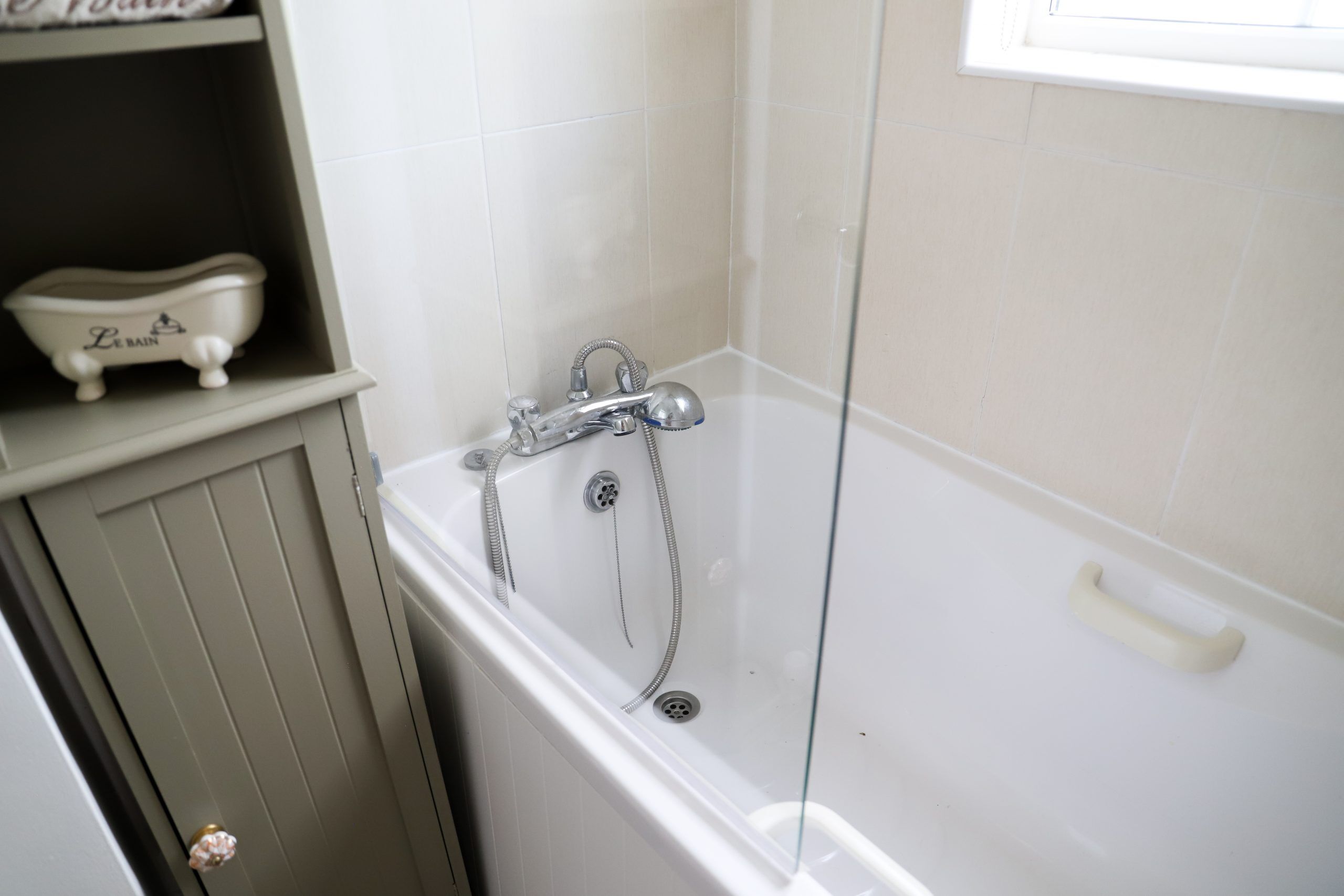


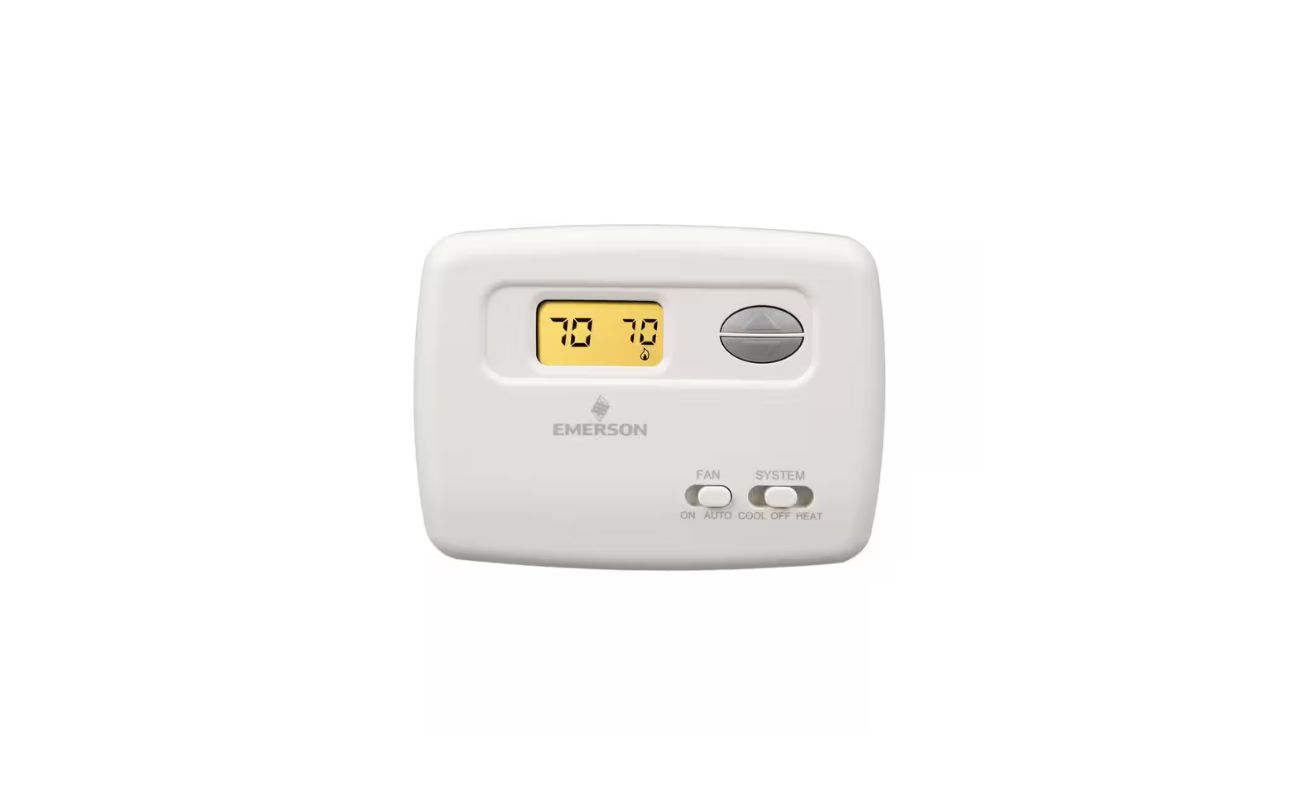

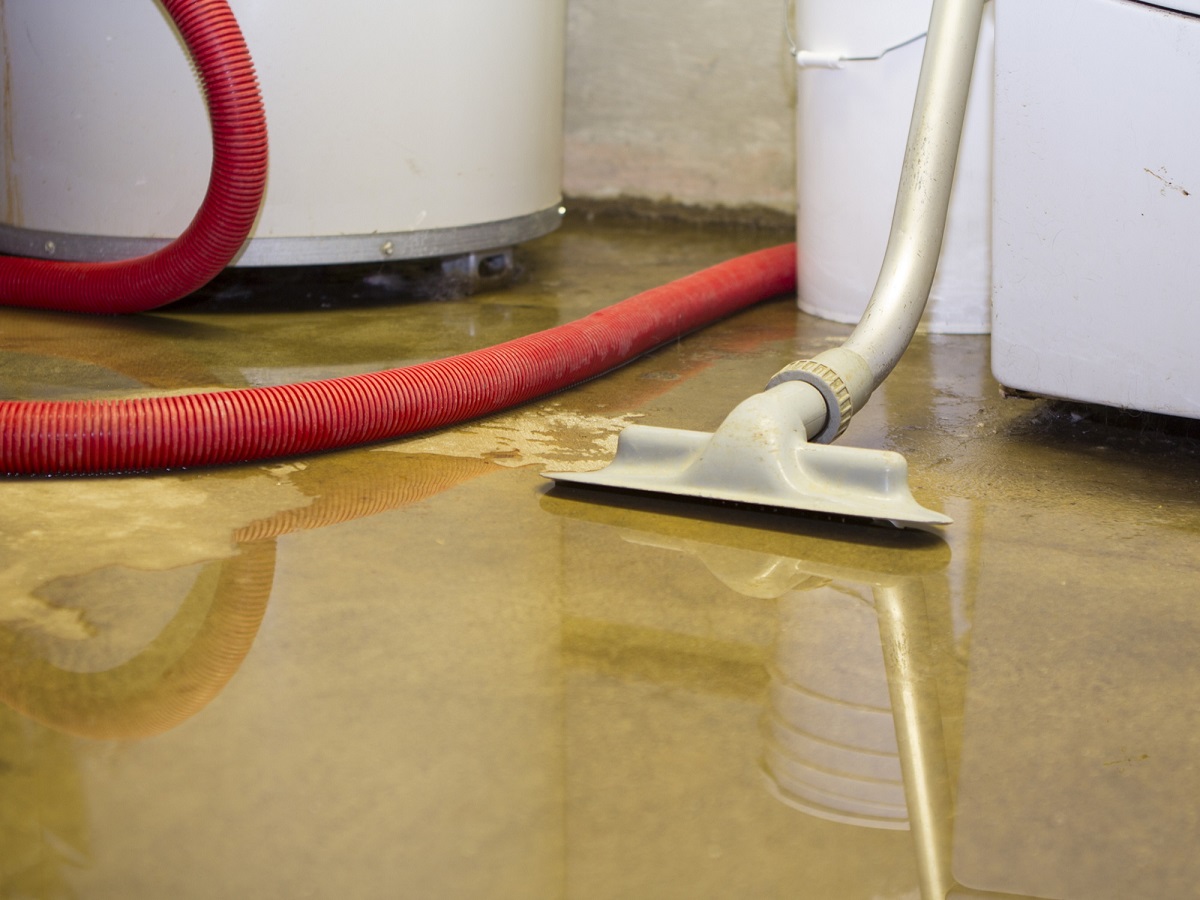
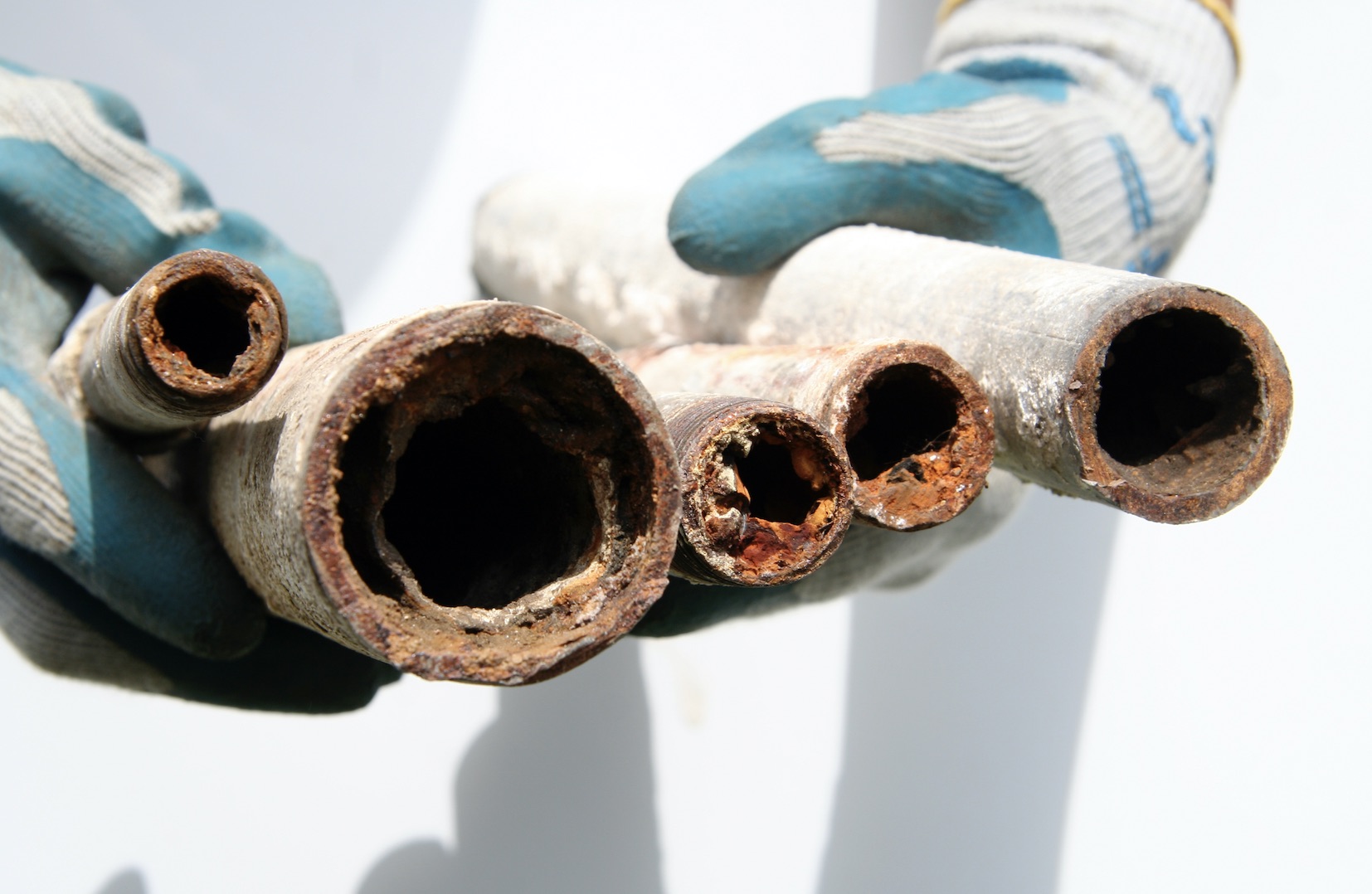
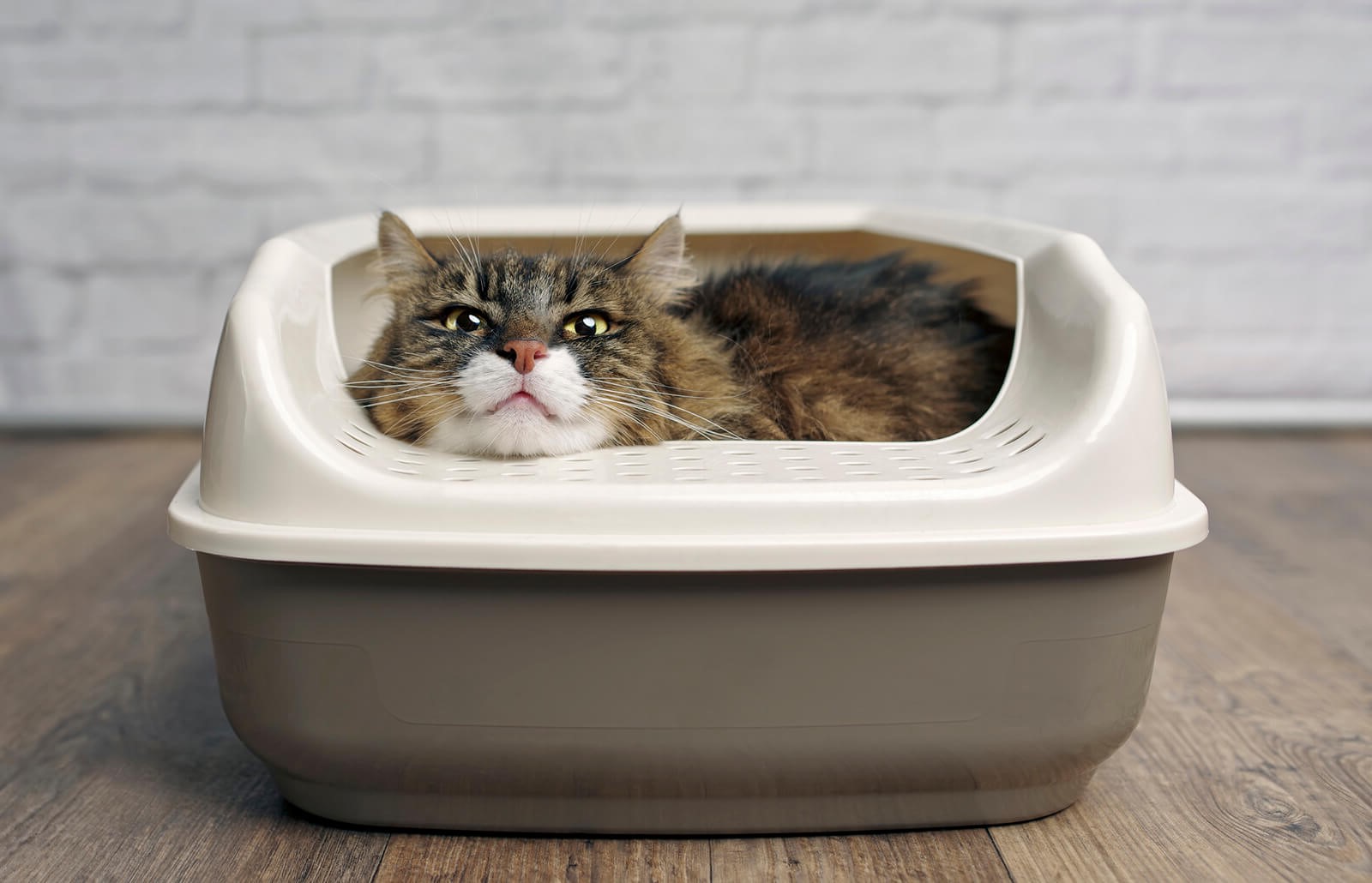


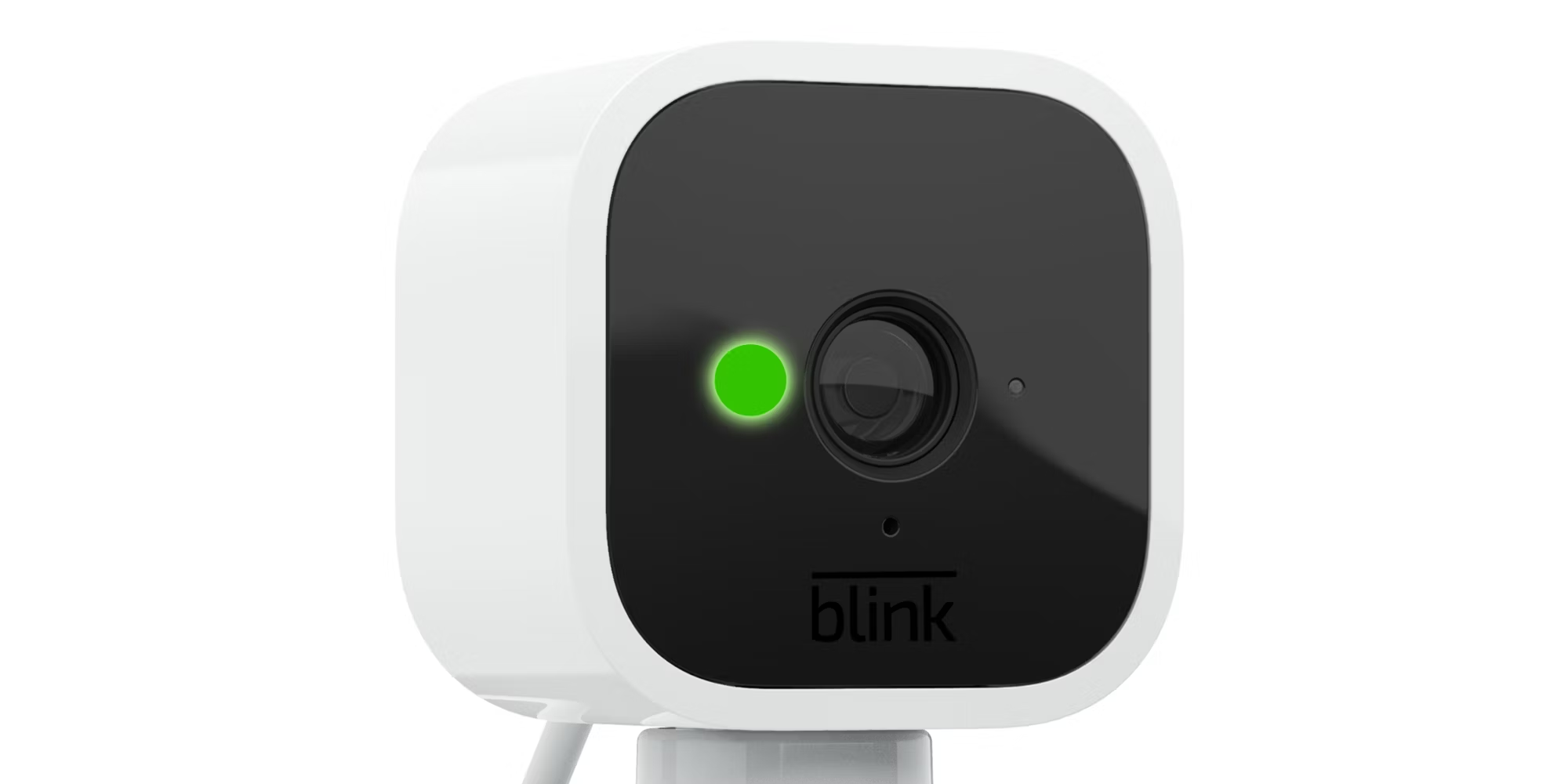

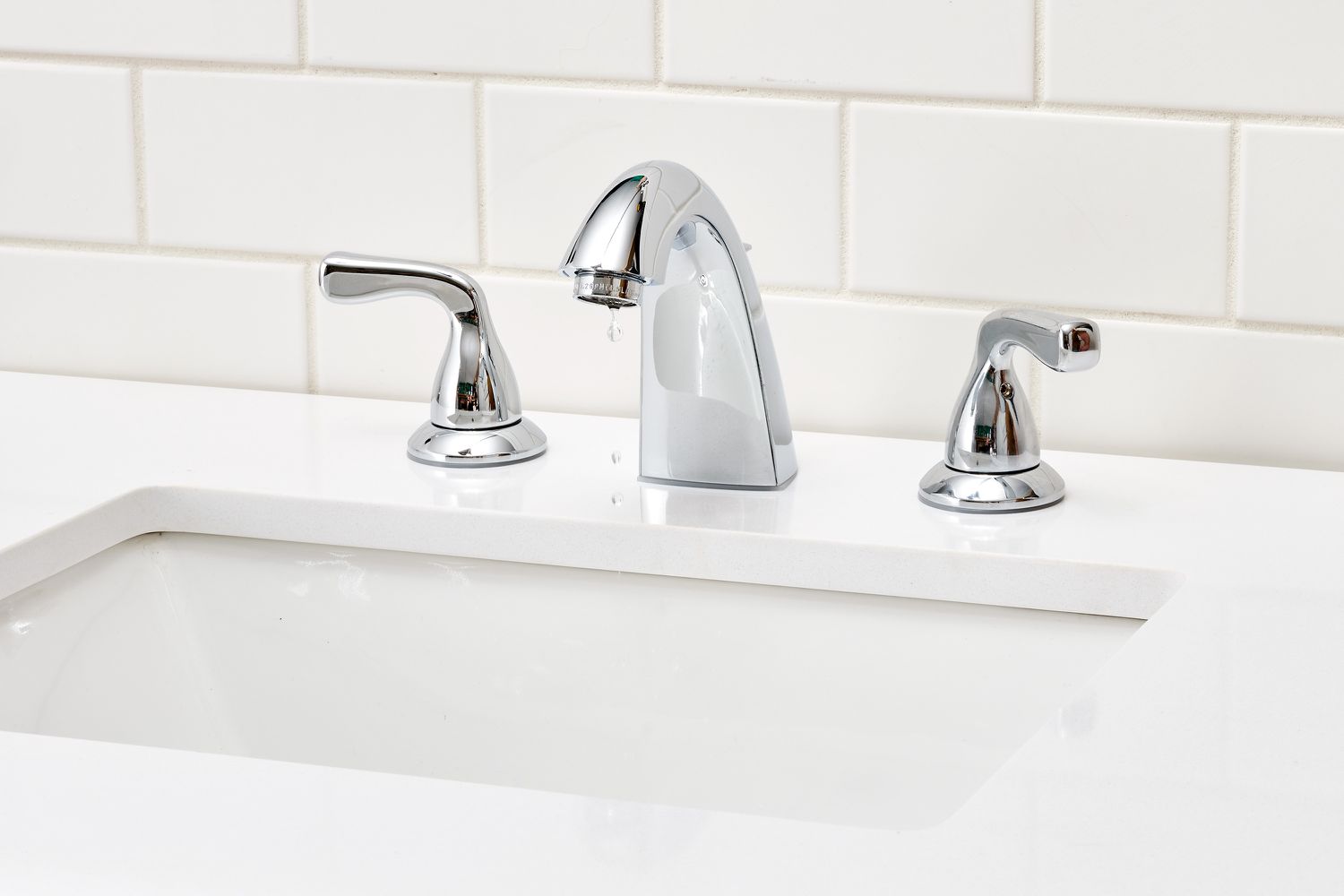


0 thoughts on “What Does It Mean When Sewage Backs Up In Bathtub”